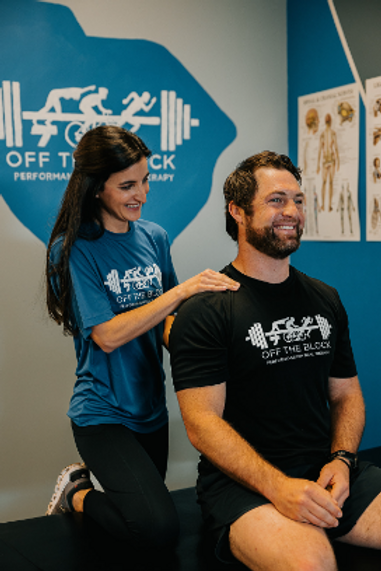Sciatica can be a relentless source of pain, affecting your daily activities and overall quality of life. The good news is that physical therapy offers a comprehensive and effective approach to managing and alleviating sciatica symptoms. In this article, we'll explore how physical therapy works for sciatica and the steps involved in the healing process.
Understanding Sciatica: Sciatica is a condition characterized by pain that radiates along the sciatic nerve, which runs from the lower back down through the hips, buttocks, and legs. It is often caused by compression or irritation of the nerve roots in the lumbar spine.
How Physical Therapy Helps:
1. Comprehensive Assessment: The first step in treating sciatica through physical therapy involves a thorough assessment. A licensed physical therapist will evaluate your medical history, the nature of your pain, your range of motion, and any underlying factors contributing to your condition.
2. Identifying the Cause: Determining the underlying cause of your sciatica is crucial. Pinpointing the cause helps the therapist design a tailored treatment plan.
3. Pain Management: Physical therapists employ various techniques to manage pain associated with sciatica. These can include dry needling, cupping, electrical stimulation, manual therapy, and exercises to release muscle tension and reduce inflammation.
4. Strengthening Exercises: Targeted exercises play a pivotal role in sciatica recovery. Your therapist will design exercises that focus on strengthening the muscles surrounding the affected area. Strengthening these muscles provides better support to the spine and reduces pressure on the sciatic nerve.
5. Flexibility and Mobility: Stretching exercises are used to improve flexibility and mobility in the lower back, hips, and legs. These stretches help alleviate muscle tightness, reducing the strain on the sciatic nerve.
7. Manual Therapy: Manual therapy techniques, such as soft tissue mobilization and joint manipulation, can help reduce pain and improve the mobility of the spine and surrounding tissues.
8. Gradual Progression: Your treatment plan will be designed to gradually progress as your body adapts and heals. The therapist will adjust exercises and techniques as needed to ensure you're making steady improvements.
9. Patient Education: Understanding your condition is empowering. Physical therapists educate you about the anatomy of the sciatic nerve, the factors contributing to your pain, and how the exercises and techniques are promoting healing.
10. Prevention and Maintenance: Once your pain is alleviated, physical therapy focuses on preventing future sciatica episodes. Your therapist will provide you with strategies and exercises to maintain a healthy spine and prevent recurrence.
Client Success Story:
Wendy is a CrossFit athlete out of Seneca, SC who came to see us with initial complaints of low back pain accompanied by sciatica that was interfering with her workouts and daily life. After focusing on getting her initial sciatica to calm down, she was able to work back up to her heavy lifts and is back in the gym without pain.
Physical therapy provides a comprehensive and holistic approach to managing sciatica. By addressing the root causes, managing pain, improving muscle strength and flexibility, and promoting proper posture, physical therapists guide you through the healing process. While results may take time, the dedication to your treatment plan, under the guidance of skilled professionals, can lead to significant relief, improved mobility, and a renewed sense of well-being.

.png?width=1280&height=720&name=Untitled%20design%20(22).png)




